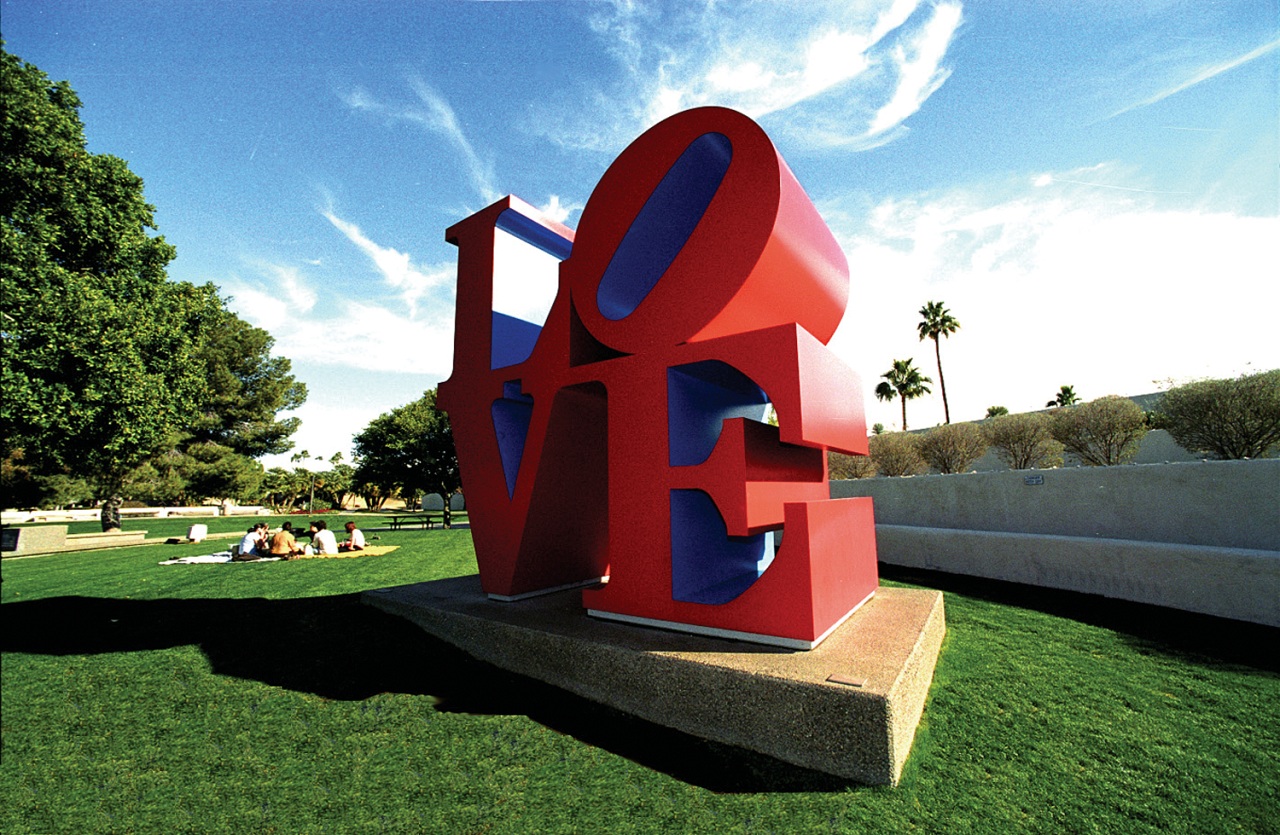Artist Spotlight: Mia B. Adams
We sat down with artist Mia B. Adams, who is premiering her newest artwork, Freedom Cake, at the City of Scottsdale Scottsdale Community Juneteenth Event on June 17, 2023, at Scottsdale Civic Center. If you cannot make it to the event, the artwork will be on display inside the atrium at Scottsdale Center for the Performing Arts from June 20 through June 25. Click here for more information about this event.
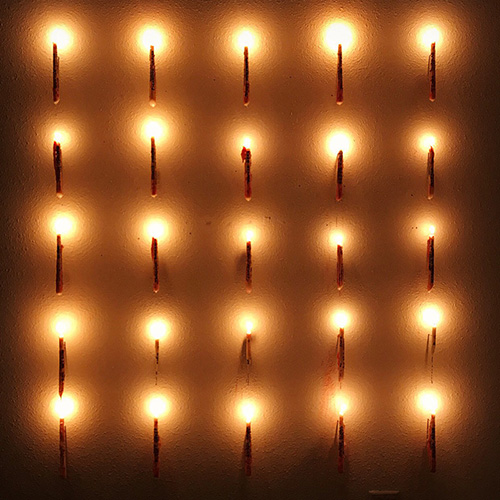
Q: What is your background as an artist?
A: “When I was young, I would watch my father draw cartoon characters for me and my older brother. Eventually, I got my hands on my own pencils and began expressing myself on paper, walls, and furniture! As a child, I had a big interest in fashion and mostly drew people, clothes, and shoes. As a teen, I enrolled in various art classes and had the opportunity to try out mediums like painting, photography, and ceramics. When it came time to decide what I wanted to study in college, art was the only major that felt right for me.
“At Arizona State University, I entered as an art major with a focus on drawing but later changed to art with an emphasis on intermedia. When I was a sophomore, I took an intro to intermedia class with Professor Angela Ellsworth, and my whole trajectory as an artist was forever changed. In the class, Angela taught about various multimedia artists, and we had in-depth discussions about art and what art could be. After these discussions and learning about artists that came before me, I saw art through an entirely new lens. I discovered that art can truly be anything we want it to be and that there are endless ways to create.
“Throughout college, I leaned into making artwork that was influenced by important social/political issues and my own experience as a Black and Latina woman. I began using art as a means to confront topics such as race, discrimination, and social hierarchies. Notably, one of my first political pieces, Remember (above), featured ‘floating’ candles that included names of individuals that had lost their lives due to police brutality. Utilizing familiar and everyday objects soon became a common theme in my work as I continued to incorporate them through my sculptures, installations, and videos. For instance, my video piece Freedom has Never Tasted so Good reflects on the history of the United States through vivid red cake—representing the dark tragedies that, in the end, always get sugar-coated.”
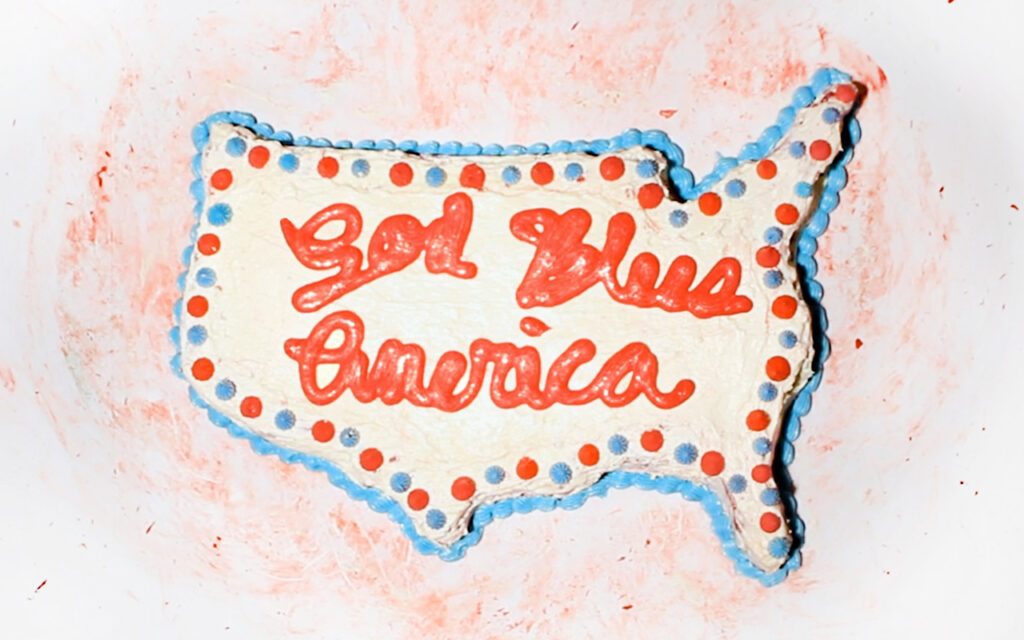
Q: What is your process for creating artwork?
A: “When creating a piece, I start with a specific social or political topic I want to address. My goal is to choose a topic that is personally important to me that will enable discussion or educate the audience. From there, I brainstorm familiar and everyday objects that could be tied to that topic. When using everyday objects, I begin thinking about what those objects already symbolize in the world we live in today and how I can alter the objects to align with my concept. This could include merging multiple objects together, having multiples of the same object, changing the scale, replicating that object in an unpredictable medium, etc. Whether the piece is intended to exist in a public space, on a pedestal in a gallery, or projected as a video, the way the art is presented is also pivotal to my concept and how I want the viewer to experience the work.”
Q: Tell us about your newest artwork.
A: “For this upcoming Celebration of Freedom event, I am presenting my latest fibers sculpture titled Freedom Cake. Freedom Cake consists of a large-scale quilt formed into the shape of a red velvet cake with a mirror baseboard. The quilt features 900 tumbling blocks to represent the 900 days that enslaved people in the South were unaware they were free.
For this Juneteenth event, I wanted to create a sculptural representation of a red velvet cake in connection with the red foods that are traditionally served on Juneteenth. For decades, food and drinks, such as strawberry soda, red beans, cherries, and red velvet cake, have been consumed at Juneteenth events to represent the struggles of enslaved people. To me, this symbolizes that these hardships will never be forgotten. In addition, I decided to present the cake on a mirrored cake board to conceptually explore the interconnections of the past and present in relation to the ongoing struggles of the Black community—thinking about the influence of past historical events and how the present still reflects the past.
The quilt pattern used in Freedom Cake is inspired by the 19th-century Freedom Quilt* legend. Stories were told that these quilts were coded patterns and hung in cabin windows to communicate with enslaved peoples traveling north along the Underground Railroad. Each pattern shared a message about the journey ahead. Tumbling Blocks, a geometric block pattern, was the final type of quilt pattern to be hung on the plantation and is believed by some to inform that there was a train conductor in the area and that it was finally time to go. The blocks resembled a stack of packed boxes and signified that it was time for enslaved people to pack up and trek to their new journey of freedom.
My piece Freedom Cake merges the historical significance of quilt-making with the symbolism of quilting patterns and Juneteenth culinary traditions. The cake quilt is both a celebration of freedom and a reminder of the hardships and sacrifices made by my Black ancestors. Ultimately, my goal for this installation is to celebrate the strength of my community while also bringing awareness to the historical inequities that continue to impact the Black experience.”
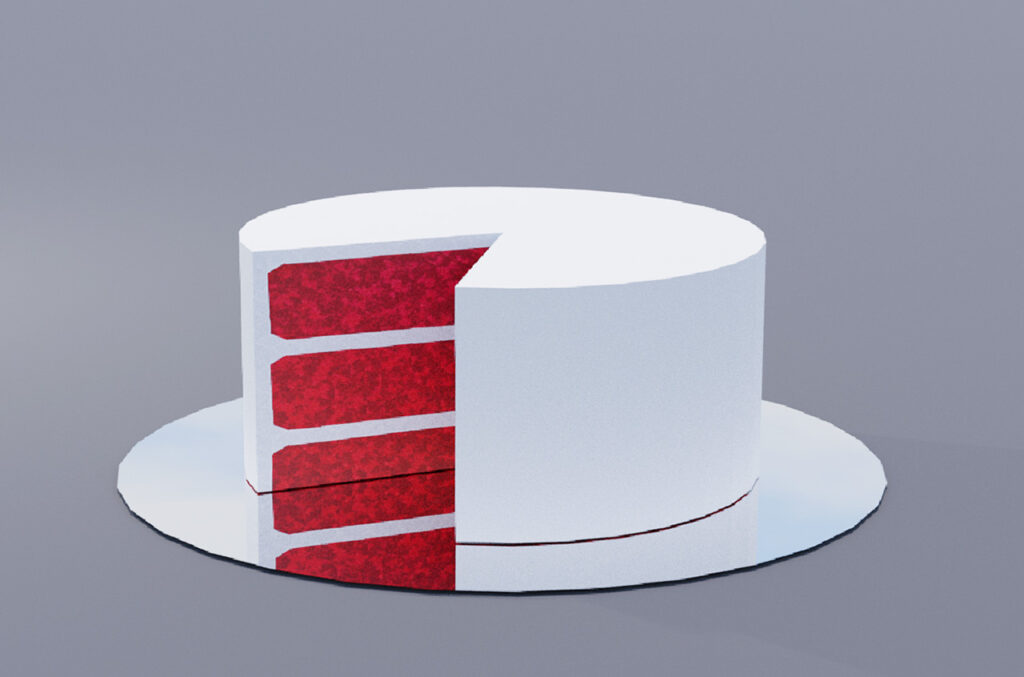
Q: What do you hope people take away from experiencing this artwork?
A: “I hope that viewers learn more information about Juneteenth, its importance in history, and its celebration traditions. I want viewers to learn the significance of the red velvet cake tradition, the tumbling blocks pattern, and the reason this piece features 900 tumbling blocks specifically. After the Emancipation Proclamation, there were enslaved people in the South that were not informed of their freedom and continued to endure forced labor. Sadly, those that were still enslaved weren’t made aware of their freedom until 900 days after the Emancipation Proclamation. This is a part of history that should never be forgotten, and I hope that Freedom Cake continues to enable powerful conversations among its viewers.”
Q: Is there anything else you would like to share?
A: “This is my first time having the opportunity to create a piece of this scale, and I want to give a special thank you to the Scottsdale Public Art team for being so incredible and supporting me as an artist! If you’re interested in seeing more of my work or updates on future projects, you can visit my website at miabadams.com.”
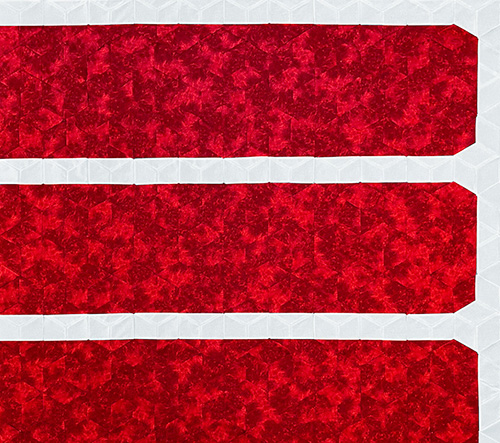
*The legend of Freedom Quilts has been passed down through generations by word of mouth, however, academics have found little historical evidence to support these claims.
Back to Immerse home.
CONNECTIONS: Spark | Amplify | Inspire

